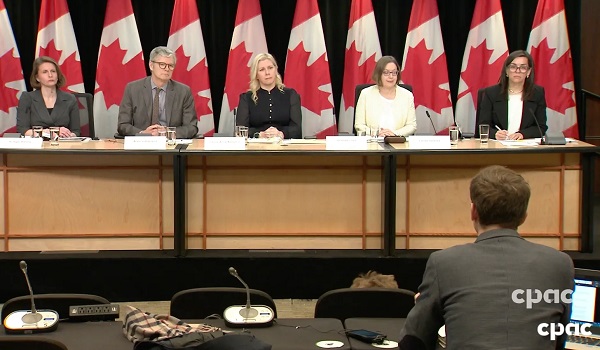International
De Bruin wins monobob bronze, Canada roars into women’s hockey final
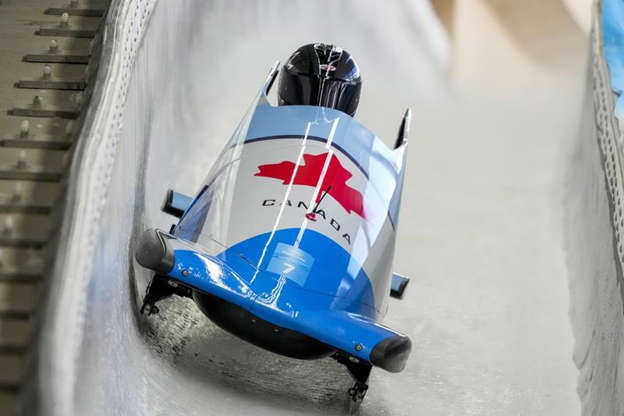
BEIJING — Christine de Bruin wore an Olympic medal around her neck for the first time in her career, and the Canadian bobsledder liked the feeling.
“It feels awesome,” she said of the bronze medal she claimed in the Olympic debut of the monobob. “It feels heavy. It’s nice.”
No doubt, the feeling of two medals would be even nicer.
The native of Stony Plain, Alta., picked up Canada’s first sliding medal of the Beijing Olympics on Monday when she raced to third place in the monobob in a time of four minutes 21.03 seconds.
She will have a chance to add to Canada’s coffers in the two-woman event on Saturday. She said the knowledge of the track at Yanqing National Sliding Centre gained during her monobob runs should serve her well.
“It means that I have a really good understanding of the track and with Buj (Kristen Bujnowski), my brakewoman behind me, we have a very competitive push,” de Bruin said.
“Put the two together and we should have a great result.”
Kaillie Humphries, de Bruin’s former teammate, led a one-two punch atop the podium for the United States with a dominating time of 4:19.27. American veteran Elana Meyers Taylor took silver in 4:20.81.
Humphries picked up her fourth Olympic medal. She won two gold and a bronze in the two-woman event as a competitor for Canada before switching to represent the United States after the 2018 Pyeongchang Games.
Elsewhere on Monday, Canada assured itself of at least one more medal in Beijing with a 10-3 win over Switzerland in the women’s hockey semifinals. The Canadians will face the winner of a later semifinal between the United States and Finland for gold on Thursday.
Canada’s women’s curling team rebounded from a three-game losing streak with an 11-5 win over Russia, and looked to even its record with a win over Britain later Monday. The men’s curling squad improved to 4-2 with a comfortable 7-3 win over Italy. And the nation’s snowboarders look poised to add to their success after a total of five athletes qualified for the finals of the men’s and women’s big air events.
Max Parrot will be looking to follow up his gold-medal slopestyle performance from last week with a similar result in the big air, and appeared on form after topping the men’s qualifier.
Parrot said he was “stoked” by his performance, despite making a mistake on his third jump, but said his focus was firmly on the future.
“I’ve got my ticket for the final so really just focusing on that,” he said. “That’s what’s important. It’s not to finish first in (qualifiers) or second or third, it’s to make it to the final.”
Teammate Mark McMorris was eighth and Darcy Sharpe finished 12th to secure the last spot in the final. Sébastien Toutant, the event’s defending champion, fell twice and did not advance.
On the women’s side, Laurie Blouin qualified fourth for the big air final and Jasmine Baird was 10th.
Seventeen-year-old Olivia Asselin also qualified for the finals of the women’s freestyle skiing slopestyle. Asselin finished in 11th after scoring a 64.68 on her first run at the Genting Snow Park in Zhangjiakou. Megan Oldham, who finished fourth in the big air, did not advance to the final.
Humphries’ first gold medal sliding for the United States came after a trying four years that included an acrimonious split with Bobsleigh Canada Skeleton — the sport’s national governing body.
Humphries filed a harassment complaint with the organization in 2018, claiming she was “repeatedly and horribly verbally and mentally abused by the head coach.”
Todd Hays, who led the U.S. women’s team from 2011 to 2014, has been Canada’s head coach since 2017.
The allegations remain under investigation.
Asked if she had any words for Canada, Humphries started off by saying “not really” before continuing.
“I’m still Canadian,” said the dual citizen. “I will never forget my time as part of Canada, and I am so proud and honoured to still consider myself Canadian. I am also American. To me, it’s not a rivalry. I’m not picking and choosing one country over the other.
“Canada will always hold my past. Every single time I represented Team Canada, I did so with my heart and soul. The U.S.A. has my future.”
Toronto’s Cynthia Appiah was eighth on the 1,615-metre, 16-turn track located about 90 kilometres north of Beijing.
In women’s hockey, team captain Marie-Philip Poulin scored twice and Claire Thompson had a goal and two assists as the Canadians set a new Olympic tournament record with 54 goals.
“I know when you look at the Olympic scores, you kind of think it has been an easy road for us, but that could not have been any further from the truth,” forward Sarah Nurse said.
“We want to generate a ton of offence but we know we have to clean things up defensively. I know going into the championship (game) we will have to tighten some things up defensively.”
In figure skating, Toronto’s Piper Gilles and Paul Poirier of Unionville, Ont., finished a disappointing seventh in ice dance in what could be their last Olympics.
Gilles and Poirier botched a rotational lift, which was reflected in their score of 204.78.
Gilles fought back tears as she tried to explain what went wrong. Poirier said to her gently: “You were amazing.”
They could still capture a medal in the team event, pending the decision on the Russian team. Canada was fourth in the team event, but Russia, which was first, could be disqualified after it was revealed that 15-year-old superstar Kamila Valieva tested positive for a banned heart drug.
Valieva was cleared to continue competing by the Court of Arbitration for Sport on Monday, but any medal she wins could still be taken from her.
Those issues will be dealt with in a separate, longer-term investigation of the positive doping test that will be led by the Russian anti-doping agency.
The International Olympic Committee said Monday afternoon that if Valieva finishes in the top three, there will be no medal ceremony during the Games. There will also be no ceremony for the team event.
Canada’s Marion Thénault was seventh in women’s aerials. Thénault, from Sherbrooke, Que., just missed out on the superfinal with a 91.29 on her second run of the final. Thénault was part of the team that won the bronze medal in the mixed team aerials event.
China’s Xu Mengtao won gold with 108.61 points in the superfinal.
This report by The Canadian Press was first published Feb. 14, 2022.
The Canadian Press
Automotive
Dark Web Tesla Doxxers Used Widely-Popular Parking App Data To Find Targets, Analysis Shows


From the Daily Caller News Foundation
By Thomas English
A dark web doxxing website targeting Tesla owners and allies of Elon Musk appears to be compiled from hacked data originally stolen from a massive ParkMobile app breach in 2021, according to records obtained by a data privacy group.
The site, known as DogeQuest, first appeared in March and publishes names, home addresses, contact details and other personal information tied to Tesla drivers and DOGE staff. Marketed as a hub for anti-Musk “creative expressions of protest,” the platform has been linked to real-world vandalism and remains live on the dark web. Federal investigations into DogeQuest are already underway, the New York Post first reported.
“If you’re on the hunt for a Tesla to unleash your artistic flair with a spray can, just step outside — no map needed! At DOGEQUEST, we believe in empowering creative expressions of protest that you can execute from the comfort of your own home,” the surface-web DogeQuest site reads. “DOGEQUEST neither endorses nor condemns any actions.”

A screenshot of the DogeQuest surface website captured on April 3, 2025. (Captured by Thomas English/Daily Caller News Foundation)
ObscureIQ, a data privacy group, compiled a breakdown of the data — obtained by the Daily Caller News Foundation — and determined 98.2% of records used to populate the site matched individuals affected by the 2021 ParkMobile breach.
Encouraging destruction of Teslas throughout the country is extreme domestic terrorism!! https://t.co/8TCNIbrQxA
— Elon Musk (@elonmusk) March 18, 2025
DogeQuest originally appeared as a surface web doxxing hub, encouraging vandalism of Teslas and displaying names, addresses, contact details and, in some cases, employment information for roughly 1,700 individuals. The site used stolen ParkMobile records along with data purchased from brokers, flagging anyone who had a Tesla listed in their vehicle registration profile, according to ObscureIQ’s analysis.
The platform — now operating as “DogeQuest Unleashed” via a .onion dark web address — has also published personal details of high-value targets including senior military officials, federal employees and private sector executives in Silicon Valley. A spreadsheet reviewed by the Daily Caller News Foundation indicates several individuals targeted work areas like cybersecurity, defense contracting, public health and diplomatic policy. DOGE staff and their families appear prominently throughout the data.

A screenshot of DogeQuest’s surface website, captured on April 3, 2025. (Captured by Thomas English/Daily Caller News Foundation)
No other reporting has yet tied DogeQuest directly to the ParkMobile breach, which impacted over 21 million users in 2021. The company, which facilitates cashless parking across the U.S., quietly disclosed the breach in April of that year, admitting that “basic user information” had been accessed. ObscureIQ’s research shows that exposed data included email addresses, license plate numbers and phone numbers — enough to triangulate identity when paired with commercial data brokers.
The company agreed to a $32 million settlement to resolve a class-action lawsuit stemming from the data breach. The lawsuit alleged that ParkMobile failed to secure its Amazon Web Services cloud storage, allowing access to the data. Although payment data were reportedly not compromised, plaintiffs argued the exposed information still posed serious privacy risks — a claim now reinforced by its use in the DogeQuest doxxing campaign.
Despite federal attention, the site has proven difficult to keep offline, as the dark web mirror incorporates anonymized hosting methods, frustrating law enforcement takedown efforts.
The Department of Justice charged three suspects last week linked to physical attacks on Tesla vehicles, charging stations and dealerships across multiple states, though it has not publicly confirmed any link between those suspects and DogeQuest. Meanwhile, the FBI has acknowledged it is “actively working” on both the doxxing campaign and a parallel rise in swatting incidents affecting DOGE affiliates.
Business
Will Trump’s ‘Liberation Day’ Tariffs End In Disaster Or Prosperity?


From the Daily Caller News Foundation
By J.D. Foster
“Liberation Day” has come. So what does it mean? Beats the hell out of me.
What we know is that President Trump’s avalanche of tariffs was to hit a peak on April 2; not end, mind you; not necessarily “the” peak, as more could be on the way; but a peak.
No Trump policy more completely breaks with America’s past than his “beautiful” tariffs on just about everything coming into the United States from just about anywhere.
Will this new policy liberate American manufacturing from foreign shackles? Will it usher in a new era of prosperity, keeping in mind the United States had for many years the consistently best-performing economy in the industrialized world, even overcoming the many inane obstacles erected by the Biden-Harris Administration?
Or will it leave the United States isolated, friendless, and weakened?
The correct answer at this point is no one knows, not even the bloviating talking heads on TV confidently predicting demise or Shangri-la.
Think of it this way. Suppose you’re a restaurant chef and a woman hands you a new recipe. Her father turns 75 soon and they want to have a party at the restaurant. The recipe is for the father’s favorite dish, one her mother made for years.
The recipe looks old, with odd ingredients and processes you’ve not seen before. Now judge it as a chef.
You can’t. Even as you start chopping and dicing, mixing ingredients as instructed, you’re not too sure how this is going to turn out. You have to wait until the dish is on the plate and taste it.
That’s the case with Trump’s tariffs. How will this all turn out? It’s too soon to tell.
The stock market sure doesn’t like it, but why should it? The investor class doesn’t understand this any better than you do. What they do understand is this new policy has upended assumptions and created enormous new uncertainties. We know that dish as those ingredients are always good for a big pullback.
Much of the confusion arises because we don’t know the underlying policy and likely this uncertainty is intentional. Trump likes keeping his counterparts, in this case our trading partners, guessing. If it means Americans are confused for a bit, Trump’s cool with that. Breaking eggs to make an omelette. It will pass and America will be great again afterward. Bon appetite.
If the core policy is to erect massive and mostly permanent tariff walls behind which American firms can hide, then we know how this will turn out: America, meet the dustbin of history.
If the core policy is to force our trading partners to deal with America fairly by reducing their trade barriers after which Trump will remove his tariffs, then this could turn out very well. Tariffs (and non-tariff barriers) in the U.S. and those of our trading partners would fall, reinvigorating the free trade that has energized prosperity for decades.
Which is it? Walls and doom or freedom and prosperity? Again, too early to tell.
Whatever else Trump does in his second term, these tariffs will define his presidency, akin in consequence to Ronald Reagan’s pro-growth tax cuts and Joe Biden’s inflation.
Trump in his second term clearly lives by the saying, “go bold or go home.” He’s got “bold” down pat. We will see over the next year or so whether he and the Republicans go home. Has he liberated Democrats from any fear of Republicans in the mid-terms or in 2028, or he’s liberated America from any fear of Democratic socialism and wokism returning in our lifetimes. The chips are all-in. Soon we will see the cards. Uncertainty, indeed.
JD Foster is the former chief economist at the Office of Management and Budget and former chief economist and senior vice president at the U.S. Chamber of Commerce. He now resides in relative freedom in the hills of Idaho.
-
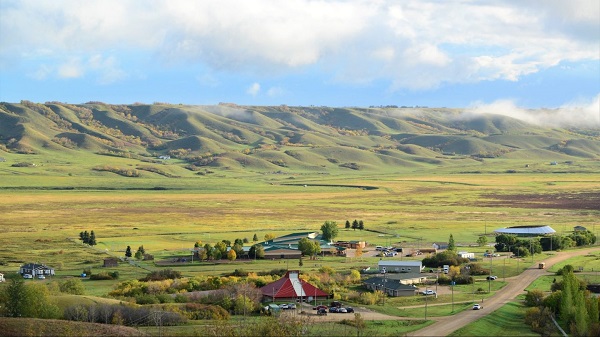
 Canadian Energy Centre2 days ago
Canadian Energy Centre2 days agoSaskatchewan Indigenous leaders urging need for access to natural gas
-
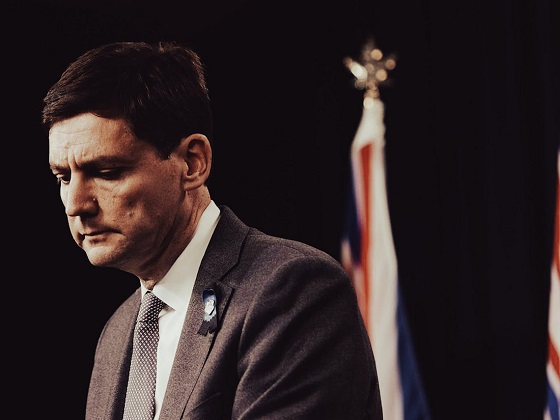
 Business2 days ago
Business2 days agoB.C. Credit Downgrade Signals Deepening Fiscal Trouble
-
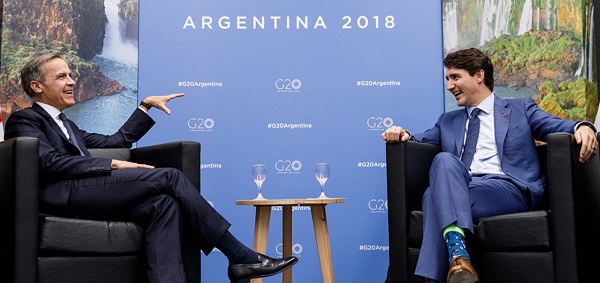
 2025 Federal Election2 days ago
2025 Federal Election2 days agoHighly touted policies the Liberal government didn’t actually implement
-
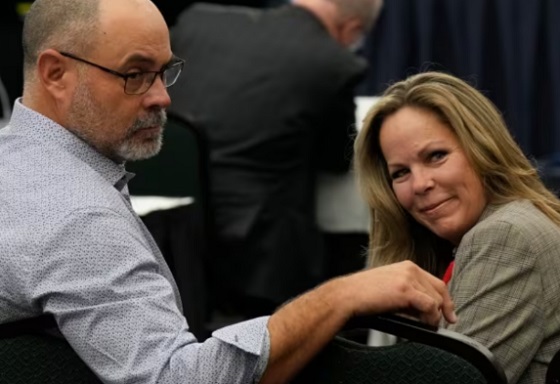
 Freedom Convoy2 days ago
Freedom Convoy2 days agoFreedom Convoy leaders Tamara Lich, Chris Barber found guilty of mischief
-
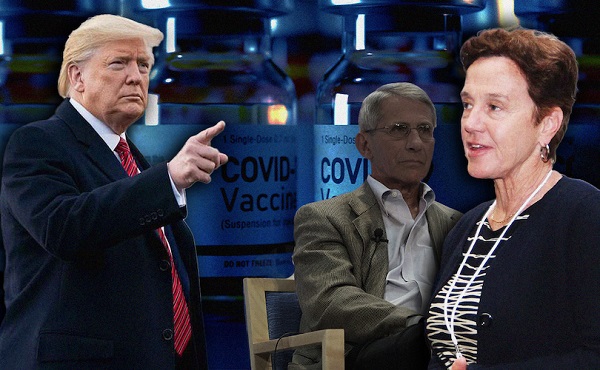
 COVID-192 days ago
COVID-192 days agoTrump’s new NIH head fires top Fauci allies and COVID shot promoters, including Fauci’s wife
-

 2025 Federal Election2 days ago
2025 Federal Election2 days agoWill Four More Years Of Liberals Prove The West’s Tipping Point?
-

 2025 Federal Election1 day ago
2025 Federal Election1 day agoPoilievre promises to drop ‘radical political ideologies’ in universities
-
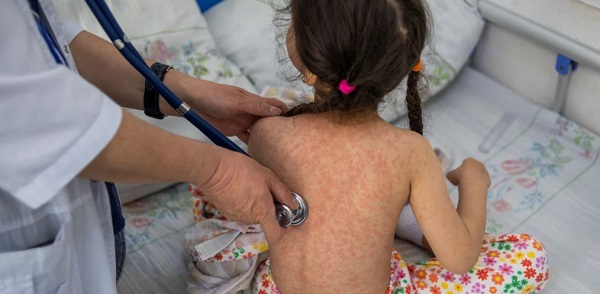
 Courageous Discourse2 days ago
Courageous Discourse2 days agoEurope Had 127,350 Cases of Measles in 2024




